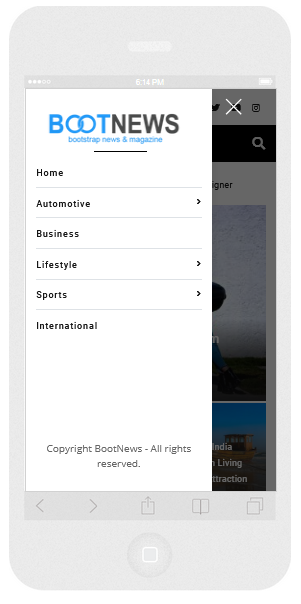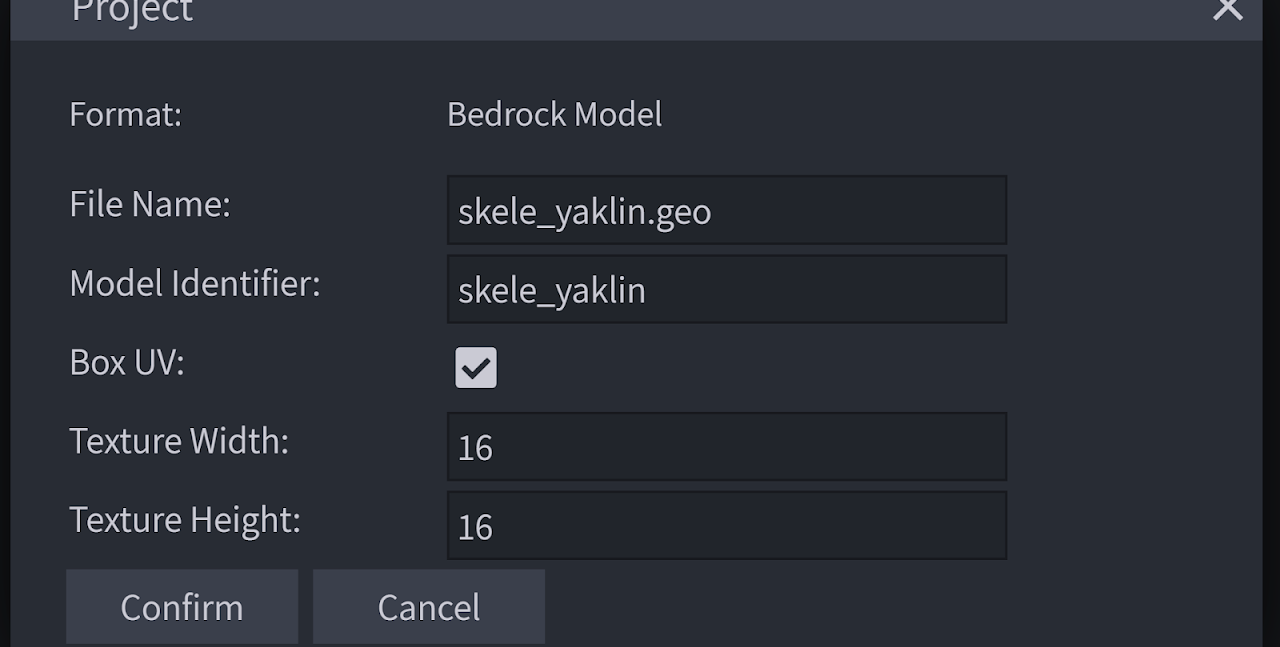



Minimalist, easy to notice, and not taking much attention that should be directed to on-site content and ads (if present) the passport of better responsive navigation is the hamburger menu. In plain language, a user should not have to peruse the webpage looking for navigation, but on the flipside, the navigation does not have to be an attention-grabber either. Moving past the space difficulty, navigation also has to be easily accessible while not demanding much focus from a user. Under these strict confines, minimalism makes a rational argument. In responsive design, these sizeable expanses are not gifted on a platter. In traditional web design for PCs, navigation usually covered a sizeable horizontal expanse at the top-the nav bar-and the large expanse at the bottom (the footer) also helped. The design should also be aesthetically pleasing and functionally apt across the vast majority of screen sizes-versatility. In simpler terms, a design should work fluidly on a number of Operating Systems (both mobile and traditional desktop versions) and browser types-compatibility. Amongst a plethora of reasons for pushing responsive design, two stand out prominently-compatibility and versatility.


 0 kommentar(er)
0 kommentar(er)
